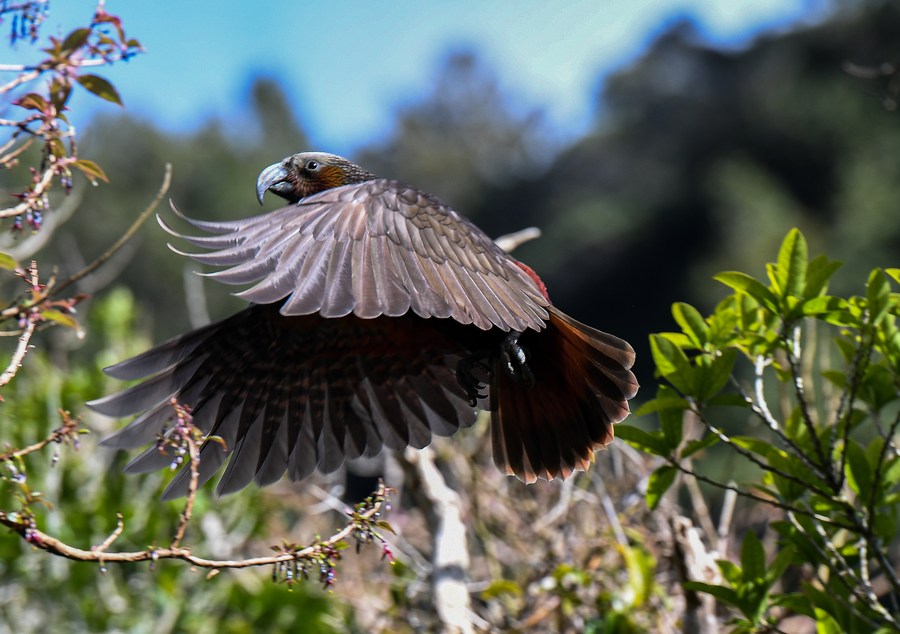
Photo taken on Sept. 9, 2020 shows a Kaka parrot at Zealandia Eco-sanctuary in Wellington, New Zealand. (Xinhua/Guo Lei)
WELLINGTON, May 21 (Xinhua) -- In the 1990s, kaka, a native bird to New Zealand, was considered nearly extinct in the main islands of the country. However, Zealandia Eco-sanctuary witnessed more than 1,000 kaka chicks tagged in the past 20 years due to conservation efforts of a re-introduction program.
Zealandia was a dam for locals' water supply near the city center of Wellington before being deserted due to potential earthquake risk in 1997. By 1999, an 8.6-km-long, 2.2-meter-tall fence was designed and erected around the dam region, pest species were removed in the following months and re-introduction of native species started by the end of 2000.
In 2002, 14 captive-bred kaka were re-introduced to Zealandia. To date, kaka with band have been identified up to 200 km away from Wellington, which means the birds have successfully nested outside the sanctuary.
Zealandia is not only the Eco-sanctuary for kaka, but also shelters of hihi, takahe, kiwi, saddleback, all the extinctive native birds to New Zealand and home for more than 200 tuatara, a sort of reptile from the Dinosaur's age.
The dam, once the surplus of the city, now is an asylum to the endangered birds, animals and floras.
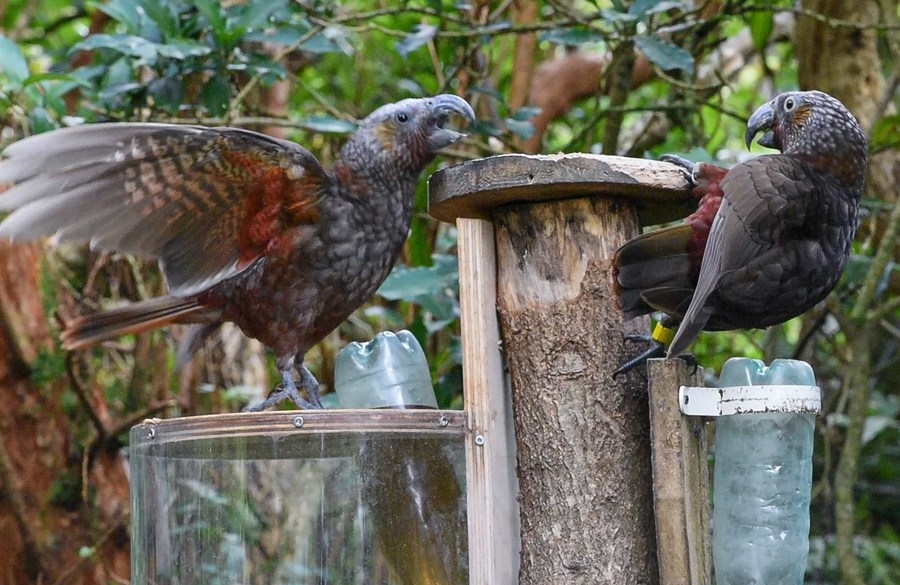
Photo taken on May 16, 2021 shows Kaka parrots at Zealandia Eco-sanctuary in Wellington, New Zealand. (Xinhua/Guo Lei)
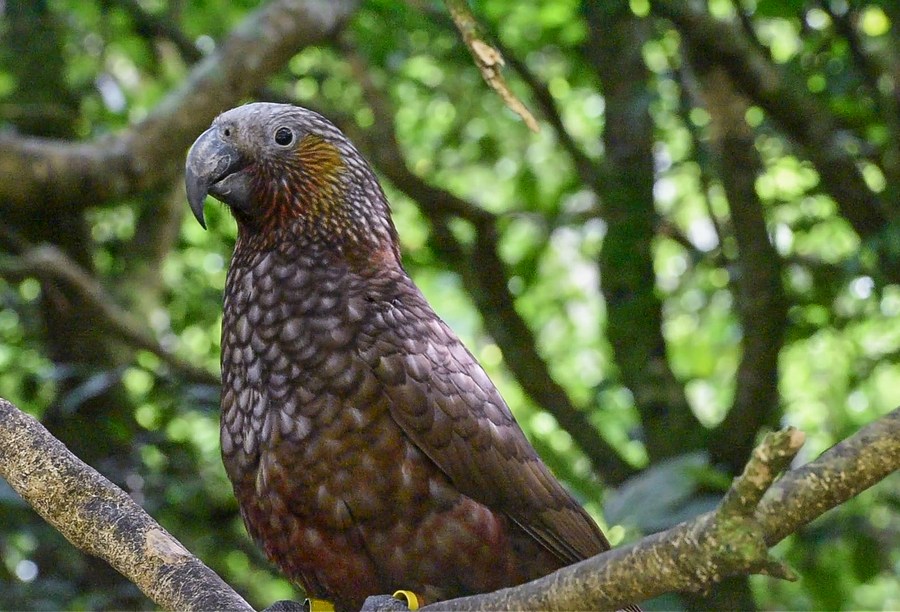
Photo taken on May 16, 2021 shows a Kaka parrot at Zealandia Eco-sanctuary in Wellington, New Zealand. (Xinhua/Guo Lei)
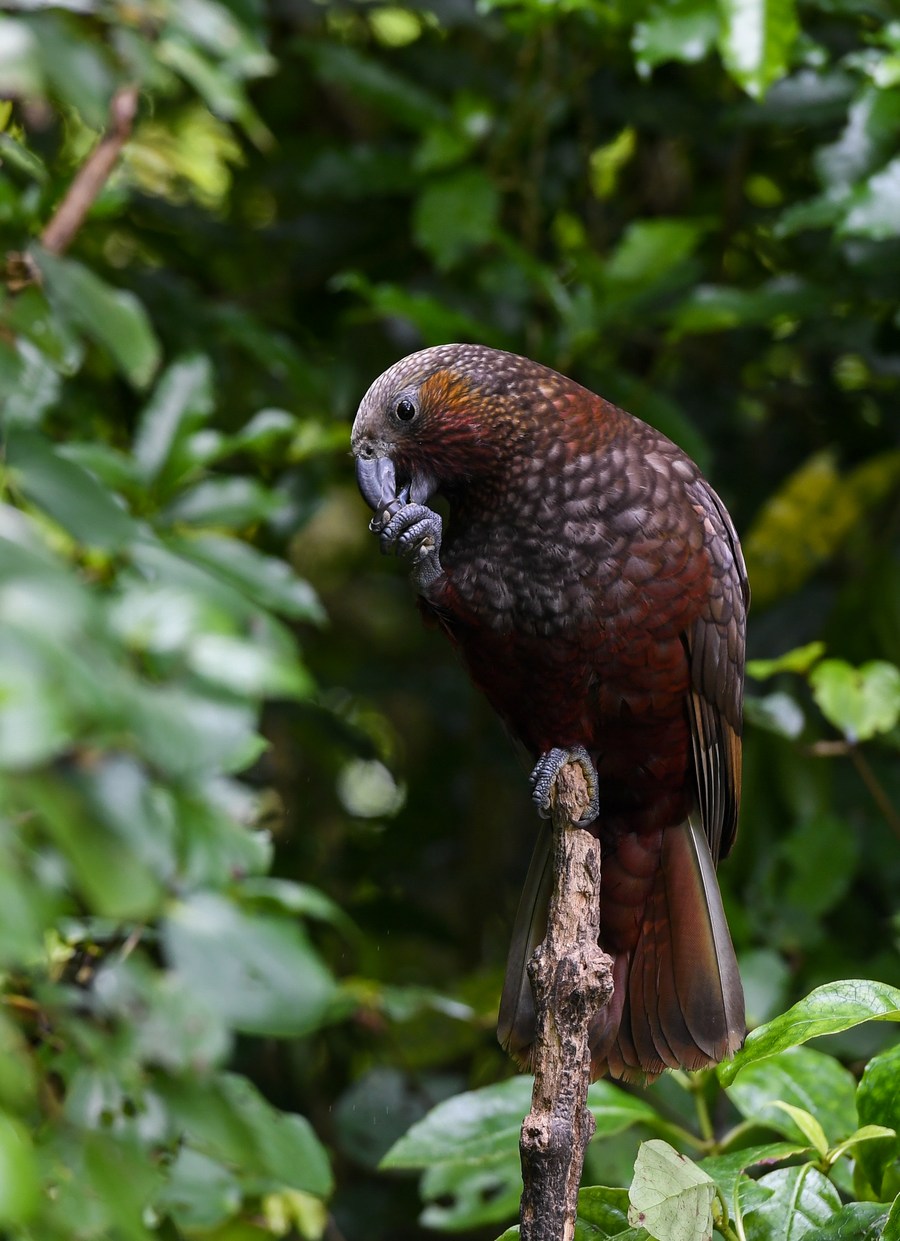
Photo taken on Dec. 16, 2020 shows a Kaka parrot at Zealandia Eco-sanctuary in Wellington, New Zealand. (Xinhua/Guo Lei)
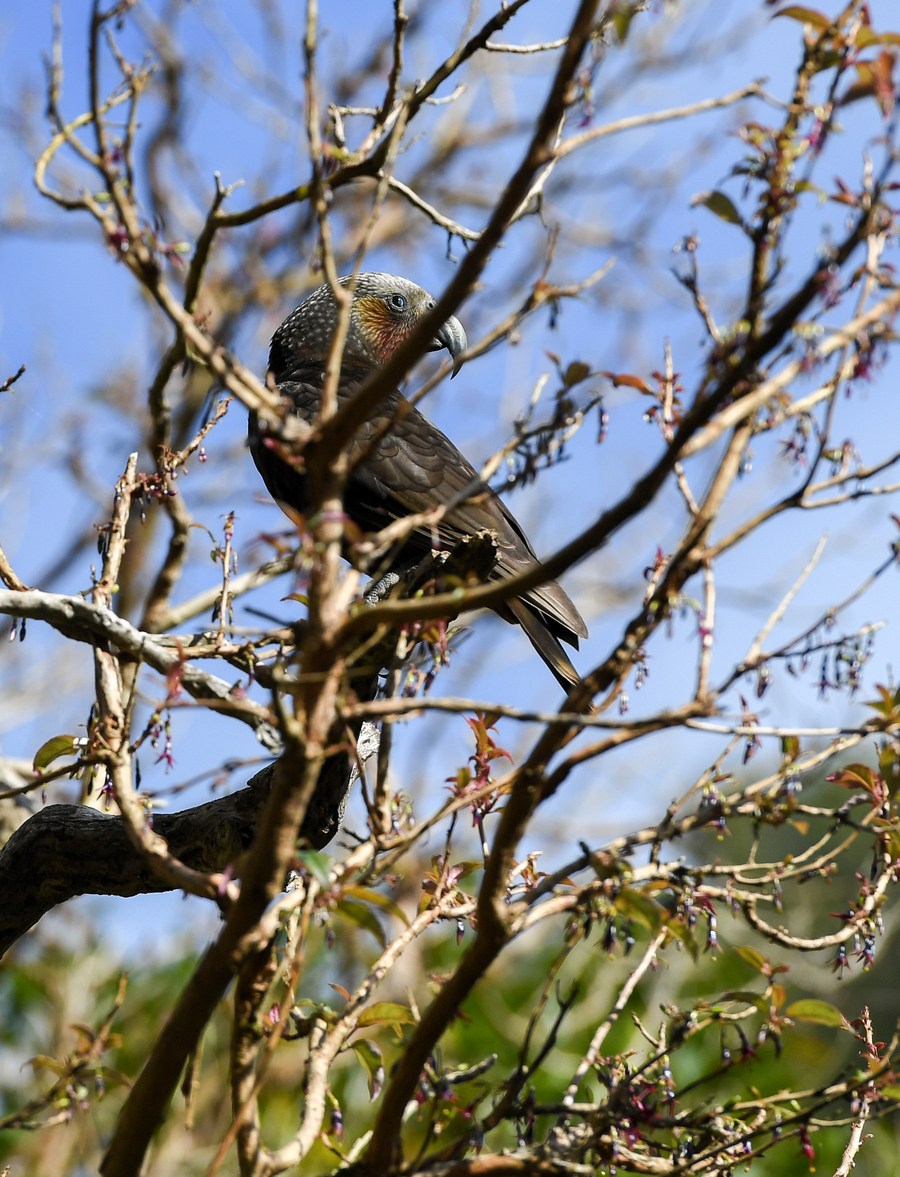
Photo taken on Sept. 9, 2020 shows a Kaka parrot at Zealandia Eco-sanctuary in Wellington, New Zealand. (Xinhua/Guo Lei)
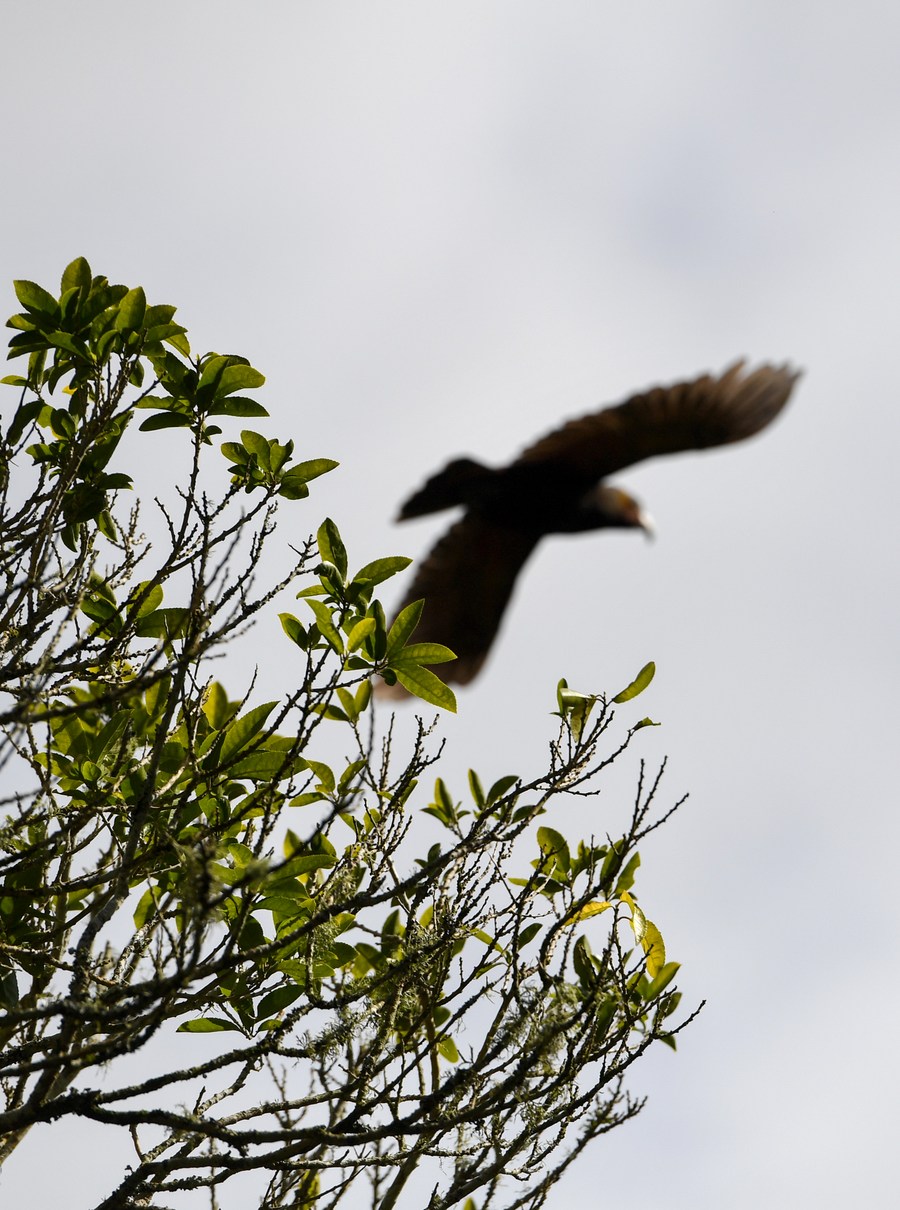
Photo taken on Sept. 9, 2020 shows a Kaka parrot at Zealandia Eco-sanctuary in Wellington, New Zealand. (Xinhua/Guo Lei)■




